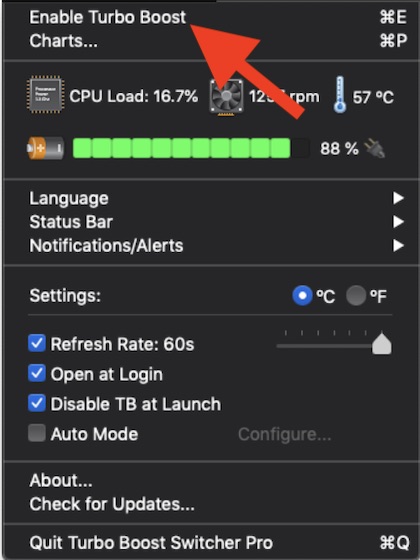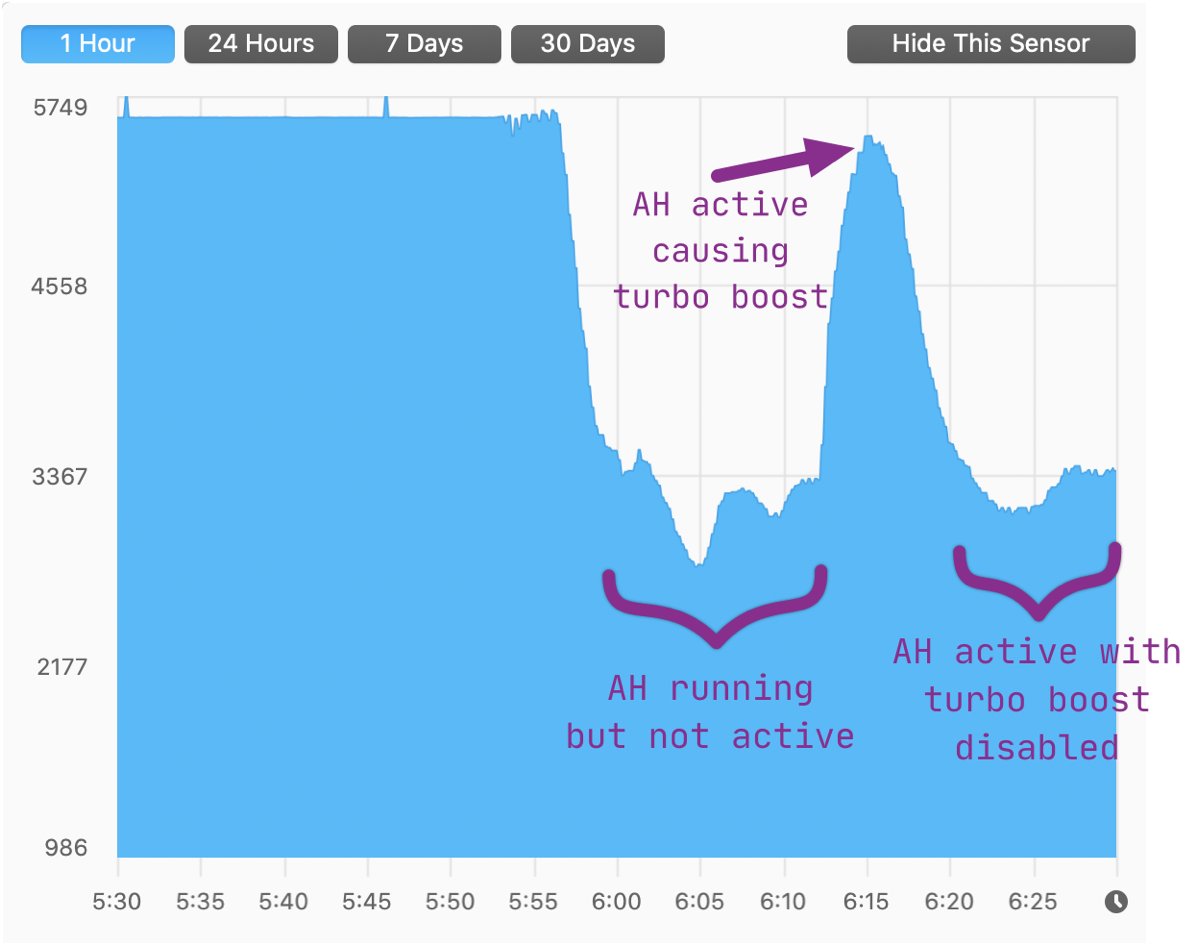

The Viggen is powered by Saab's 2.3 L B235R engine, running at a 9.3:1 compression ratio and fitted with Nimonic valves. Only 4,600 9-3 Viggen specification cars were produced. For Saab, the team was led by Peter Leonard and John-Gustav Gudmundsson. The Viggen production car draws upon the earlier 230 bhp (172 kW 233 PS) Saab 900 Concept Coupe that had been developed by the Saab Special Vehicle Operations (SVO) group. The 'Viggen' (English: Thunderbolt) is named after the Saab 37 Viggen aircraft, and was developed by Saab with input from the Tom Walkinshaw Racing (TWR) Group. Saab 9-3 Viggen īetween 19, Saab offered a limited edition and higher-performance version of the 9-3. Altogether, Valmet built 7789 Hatchbacks of all models. After production at Saab's main plant ended, Valmet kept producing non-Viggen hatchbacks until 2003. Valmet was also the only plant assembling the 9-3 Viggen, in all three body styles. As with the preceding generation, convertibles were built by Valmet in Uusikaupunki, Finland. The first generation 9-3 was also the first Saab available with a diesel engine, a unit also found in the Opel Vectra, Astra G, Signum, and Zafira A.Ī Saab innovation is the 'Night Panel', carried over from the Saab 900, which permits dousing of the instrument panel lighting, except for essential information, for less distraction when night driving.Ī total of 326,370 first-generation 9-3s were built. The T7 based engines were the B205E, the B205L with 185 hp (138 kW) and the B205R HOT engine with 205 hp (153 kW). The 2000 model year saw a revision from SAAB's Trionic T5.5 to Trionic 7 engine management system. market, all 9-3s received turbocharged petrol engines with the "full pressure turbo" (B204L, 185 hp (138 kW)) as the standard offering, and a "HOT" (B204R, 200 hp) variant in the SE models for the 1999 model year. The 9-3 was available with a new variant of the B204 engine (B204E, 154 hp (115 kW)), a low-pressure turbo (LPT) engine based on the B204L used in the last generation Saab 900. Other changes included a bigger AC compressor, higher flow cabin ventilation system, a CAN bus based electrical architecture similar to the one in the 9-5, and a switch to a hydraulically operated convertible roof rather than an electric powered. Further improvements over the Saab 900 (NG) included better crashworthiness courtesy of more extensive A-pillar reinforcements, stronger door sills and frames, standard torso/head side airbags, and Saab Active Head Restraints. It was the last Saab to use the company's H engine. It was available as a three or five-door hatchback, and as a two-door convertible.

The 9-3 received revised styling with some models included a rear spoiler, while the underbody mounted 'snow & gravel flaps' were removed.

Saab claimed that 1,100 changes were made between the outgoing NG 900 and the 9-3 such as revised suspension with more wheel travel and quicker steering. Production ended on at the Trollhättan plant and on 25 April 2003 at the Valmet plant in Finland. It is sometimes referred to as the 'OG' (old generation) 9-3 and internally as body style 9400. The first generation 9-3, an updated Saab 900 (NG), was launched in 1998 for the 1999 model year. Saab 9-3 Anniversary convertible (Australia)


 0 kommentar(er)
0 kommentar(er)
